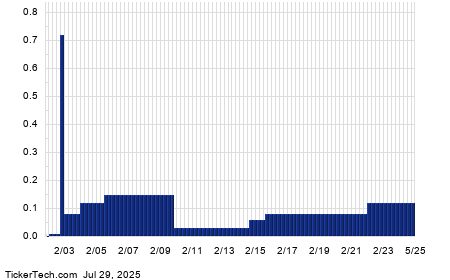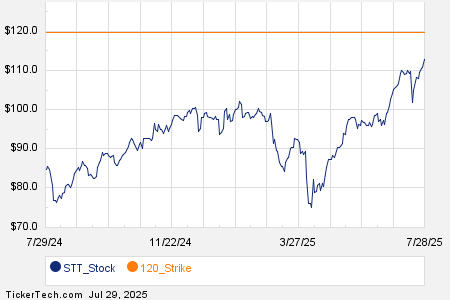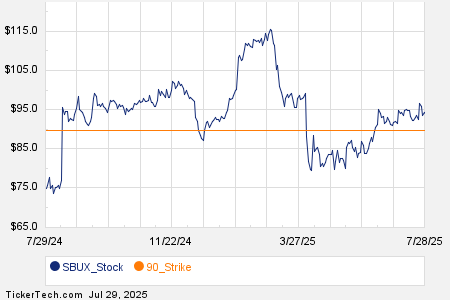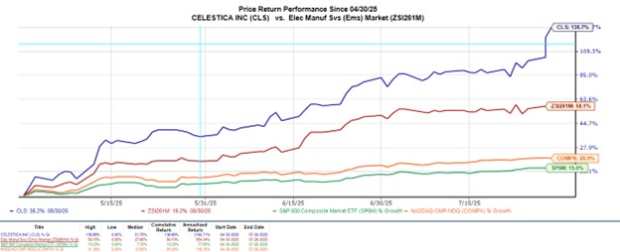Back to the Future
This summer I’ve made a concerted effort to plow through some books of interest. I’ve been less successful at getting myself to return to a regular running schedule. Motivation, like volatility, comes in waves and tends to cluster.
I’ve thoroughly enjoyed multiple Patrick Radden Keefe books. I started with Empire of Pain, read Say Nothing and recently finished Rogues. Keefe has a preternatural ability to uncover and explain arcane details with a narrative skill that evades most non-fiction writers. When I wrapped up Rogues, I looked for related authors and Kurt Eichenwald was atop the list. Another point for the Reddit community.
I dove into Conspiracy of Fools, which details the rise and fall of Enron. I’m halfway through the novel and rapidly approaching the millennium. In early 2000, I had a few months under my belt as a clerk for a market making firm in Chicago. It was a heady time in capital markets as technology opened information and access across the economy. At least in theory. Some modern-day pundits compare the growth and application of generative AI similarly.
The Stock market was ripping higher, and the retail community was actively participating. While I can acknowledge some overlap, I’ll leave deep analysis to those with advanced economics degrees. Ultimately, I view the backdrop through a trading lens and 2025 strikes me as a potential rewarding trading landscape with challenges for longer term investors (valuations and lack of clarity on trade policy).
Relationships
I’m reminded of a floor trading adage that I picked up on in 2000. Many option traders are ultimately concerned with the relationship between implied volatility and what’s subsequently realized. There’s a tendency to toss around adjectives like “vol is cheap” in XYZ. Or “vol is rich” in ABC. In the class run by a handful of the firm’s risk managers, I first heard Joe Fahrenbach cut through the industry jargon with what I still view to be a powerful truth.
Something is only cheap (or rich) relative to itself or something else.
I can’t recall a great deal from 25 years ago, but I think I’ll remember those words on my deathbed. Like so many other things in capital markets, the idea can be broadly applied.
Cheap/Expensive
Rich/Poor
High/Low
In conversation, these terms are most often one dimensional. In reality, they are inherently descriptions of a relationship between two (or more) things. They are not axiomatic.
Practical Application
I could argue that Nasdaq-100 Index (NDX®) option volatility looks “cheap.” For example, one-month at-the-money (ATM) implied volatility (IV) fell to ~14.5% as of the last week in July. The visual below plots NDX® ATM IV over the last five years. The average level is 22.4% and it’s currently trading at an 8 vol “discount” to average. So… IV is “cheap,” right? Not so fast.
We point this out often, as averages are useful, but they can be deceiving. For example, NDX® ATM vols were almost never above the average level last year. They haven’t consistently run above 20% since 2022.
Let’s look at this a different way, as of late July, ATM vol is in the 2nd percentile on a 5Y lookback. That figure argues for the “1M vol is cheap” thesis because 97% of the time, implied volatility was higher. Let’s take this one step further. How could you make money by owning 14.5% ATM vol in the NDX®?
There are myriad potential answers, including spreading that vol risk across some other tenor. That’s a very common approach for both individuals and institutions. Alternatively, if you own 14.5% vol, you need to delta hedge the position on moves that realize more than 14.5% volatility. In either case, one is dependent on something else. It’s a relationship.
Source: Pricing Monkey
Realizing Volatility
Whether you admit it or not, your thesis on IV has an embedded view on the future of realized volatility (RV). Short term RV levels in NDX® are unusually low. For example, 10-day vol in the broad-based index is running around 5.4% and the 20-day measure is 8%. If we focus on the 20-day measure, you must go back to Thanksgiving time of 2019 for volatility this low in the NDX®. Prior to that, the measure dipped as low as 6% on a few dates in 2017. Keep in mind that 2017 was a historically low volatility year for equity markets.
So, if the index is realizing volatility of roughly 8%, is 14.5% implied volatility “cheap?”
Maybe so, maybe not. It depends on how RV performs in the future.
The visual below has the same 5Y lookback period. However, the graph plots the spread (relationship) between NDX® IV and RV. Specifically, it’s 1M ATM NDX® IV (forward looking) minus 1M NDX® RV (backwards looking). The red line is a “Mendoza mark” – I had to work a baseball term into the piece ahead of the MLB trade deadline. At the zero marker, IV is equal to RV. Theoretically, that’s an inflection point above which, short vol strategies should* work. Below which, long volatility would be more likely* to succeed.
Source: Bloomberg
Since the market bottomed in the middle of April, RV has generally been declining. More recently, NDX® IV has found some support between 14% and 16%. That’s pushed the relationship between the two measures to the widest levels since just before “Liberation Day.” Going back to our original point, option traders shouldn’t necessarily look at any volatility level in a vacuum. When IV measures are “low” it’s typically justified by muted RV. On the flip side, when markets see-saw with significant velocity, option vol could be high, and still arguably “cheap.” The relationship is critical.
On a personal level, I know part of my reluctance to regularly run is the fact that I’ll be “slow” again. I’m anchored to an arbitrary number for miles in an hour in my head. That level is dated and related to a consistent running regiment. Furthermore, my idea of a “slow” time for a 10k might be fast for someone else my age. Relationships require regular evaluation. They change through time.
Perhaps in another quarter of a century, there will be a fantastic book in the early stages of AI growth. Who knows where it goes from here, but it won’t be done in isolation. Personal intuition leads me to believe that the evolution of technology will continue to elevate the relative standing of the NDX®. I’m excited to see where it goes and I know I can use index options to tailor my exposures at any point in time.
*For educational purposes: Highly dependent on the implementation of hedges/other related positions.






